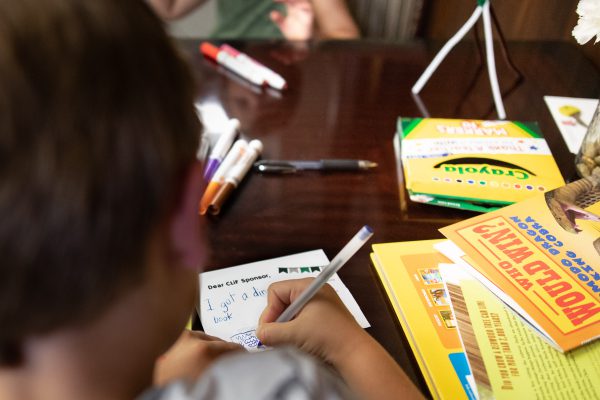
Figure 1. source
There’s hardly an aspect of our lives that hasn’t been deeply affected by technology. Education is no exception. In fact, learning may be the aspect that has changed the most.
Just think about it: what do you do whenever you want to get some kind of information? You ask Google. We gain most of our knowledge and information thanks to technology nowadays. But let’s be more precise about the technology in education. How did it change the classroom? How did it change the way people gain degrees and qualifications? Well, let’s say that the traditional classroom, where the teacher lectures and the students listen, is part of history.
Examples that Show the Impact of Technology on Education
- Simulation and Modeling
Digital simulation is not a new thing. Mathematicians Ulam and Neumann used it to model nuclear detonation for weapon design during World War II. But we’ve come a long way since then.
Pilots cannot rely on their imagination when learning how to handle dangerous situations. They gain their skills through simulation. Medical students also use simulation and modeling tools to practice surgeries.
But simulation and modeling are applicable at the lower levels of education, too. It’s hard for students to imagine the way the planets move around the sun. When the teacher introduces VR tools, they can “see” the solar system moving around them.
- Biometrics
No, we’re not in some parallel universe that looks like a Star Wars movie. Biometrics are really used in schools, mainly for security issues. Biometrics technology identifies people through their unique features.
Through fingerprint scanners at the school’s doors, all students and staff can be identified. This saves a lot of time, since it’s a quick process. However, biometrics also enhance security, since no one from the outside can enter the school without permission.
- Interactive Textbooks
We’re slowly, but surely, sending boring textbooks into history. Students have suffered enough because of them. The lectures were so boring that we often ended up asking professional services for university assignments help. The new, interactive format of textbooks engages students on a higher level.
These are digital textbooks accessed through a tablet or a smartphone. They include text, video, infographics, images, and audio files. They appeal to all categories of learners. They are also cheaper and help us save on paper. That’s important!
- Web-Based Research
How did students complete papers before the era of the Internet? It was all about library research. They had to spend days going through different books, newspapers, and journals. It took more time and effort when compared to today’s process of research.
Thanks to the Internet, students have access to all sources of information they need. They can access statistical, scientific, and academic data at any moment.
- Online Degrees
When technology and education come together, what’s the final result? Degree programs that are entirely accessible online. Through platforms like Coursera, people from all around the world can get top-quality education. If they successfully complete a program, they can gain a certificate or an actual degree. Online degrees get the same treatment as the ones gained through on-campus programs. This type of education is more affordable, but also more flexible than the classroom-based model.
- Online Learning
People finally understood that education is not only about the degree. Learning is awesome, for the sake of knowing things! The courses on Coursera and other platforms are also available for free. Those who don’t need certificates can still access the educational material.
But online learning is also important for clarification. When a student from a traditional setting misses a class or doesn’t understand a concept, they can get online lessons to fill in the gaps.
Figure 2. source
- eBooks
Students no longer need to buy and pile up books that their professors ask them to read. That’s such a waste of paper for books that the students don’t even like. Sure, the library was an option for those who didn’t want to buy the books. But it involved visiting the library and going back to return the book.
Everything is easier thanks to tablets and e-readers. In a survey launched by Survey Monkey, the majority of respondents agreed that eBooks will eventually become the most popular form of book publishing.
- Debate Boards and Forums
What does a student do when they can’t reach out to the professor to ask a question? They ask Quora or another forum where knowledgeable people can answer. That’s a form of learning that doesn’t undermine the teacher’s authority, but surely contributes to better access to knowledge and different opinions.
Education and Technology Go Together
Through online learning resources, education is more accessible than ever. Through time-management software, it also gets more convenient. Through biometrics in schools, it gets safer, too.
Technology revolutionized the educational industry in ways we take for granted. It’s here to stay, and that’s a great thing. We can all benefit from a more accessible, convenient, and safe learning process.
Sandra Larson is an article author with a great passion for psychology. She used to study sociology, then her interest moved to behaviorism, but with time Sandra immersed herself into more subjective models of psychology.




